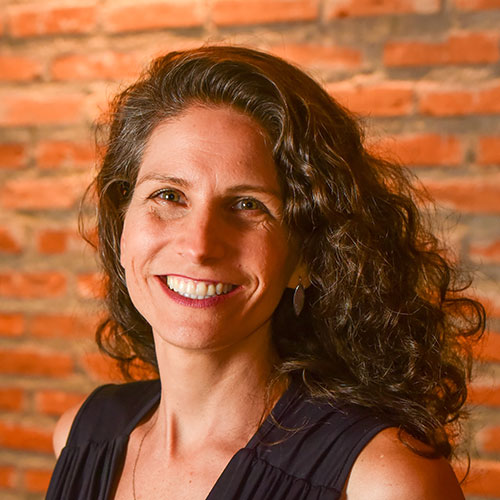Discover five institutions that work with indigenous rights
Indigenous Peoples Day represents the diversity of indigenous populations.
,
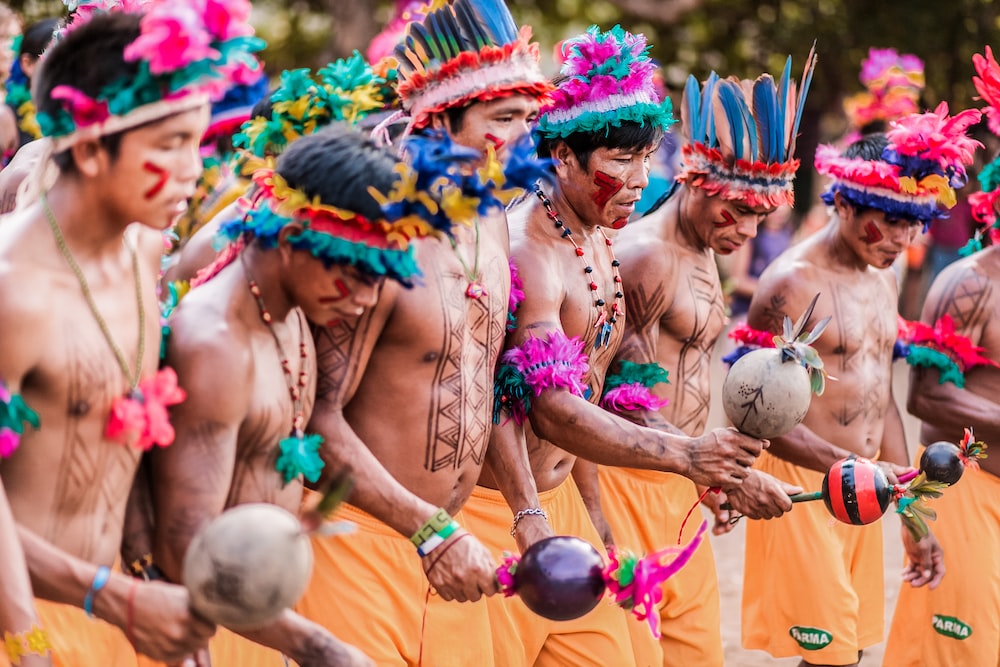

There are currently 305 indigenous tribes in Brazil. This adds up to about 1.6 million people and represents approximately 0.8% of the country’s total population, according to preliminary data from the 2022 census (IBGE). It is also estimated that there are more than 160 indigenous languages and dialects in the country. For these reasons, April 19 was officially called “Indigenous Peoples Day” in 2022.
The new term replaced the old “Indian Day”, considered generic and prejudiced by the indigenous people. It is therefore expected that the cultural diversity of peoples will be respected. Among the main rights that guarantee this diversity are access to land, specific care with health and food and affirmative actions.
To contribute to this historic date, we identified five institutions that work with indigenous rights in Brazil.
1 – Pataxó Association of Pé do Monte Village (APAPEM)

In 2007, young Pataxó people created the Pataxó Association of Aldeia Pé do Monte, in Porto Seguro (BA), to consolidate local ethnotourism. Monte Pascoal is considered the first piece of land seen by the Portuguese when they arrived here, in what would later be called Brazil. Created in 1961, the Monte Pascoal National and Historic Park covers approximately 22,000 hectares and has been visited by tourists in search of natural beauties. APAPEM supports the Pataxó to work as tour guides within the park. In addition, it also works with agricultural production and handicrafts. For more information, visit APAPEM’s Facebook page.
2 – Guarani Yvyrupa Commission (CGY)
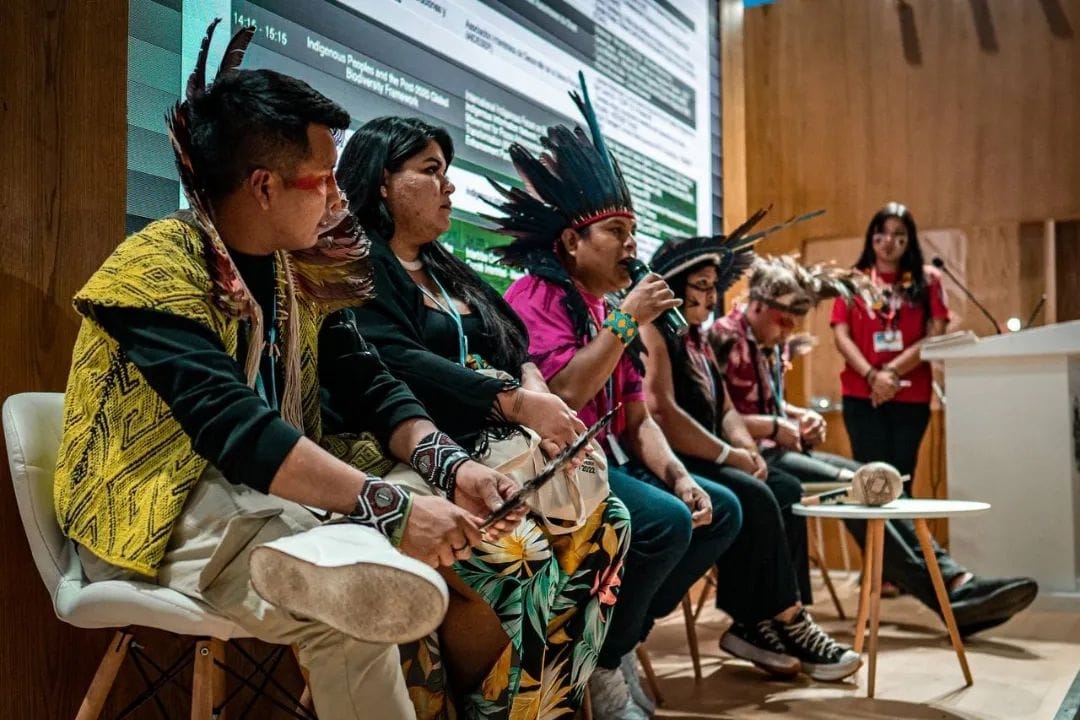

Around 25 thousand Guaranis currently live in the South, Southeast and Midwest regions of Brazil. It is the largest indigenous tribe in Brazil. However, it is the one with the least demarcated land. The Guarani Yvyrupa Commission (CGY) emerged in 2006 precisely to articulate the Guarani people in the struggle for land. This year, CGY launched the #DemarcaYvyrupa campaign, supporting the completion of the demarcation of 12 Guarani indigenous lands. These are areas that are ready to be regularized, but that had their demarcation processes paralyzed during the Bolsonaro government (2018-2022). To support the campaign, visit CGY’s website.
3 – Indigenous People in Urban Context Program
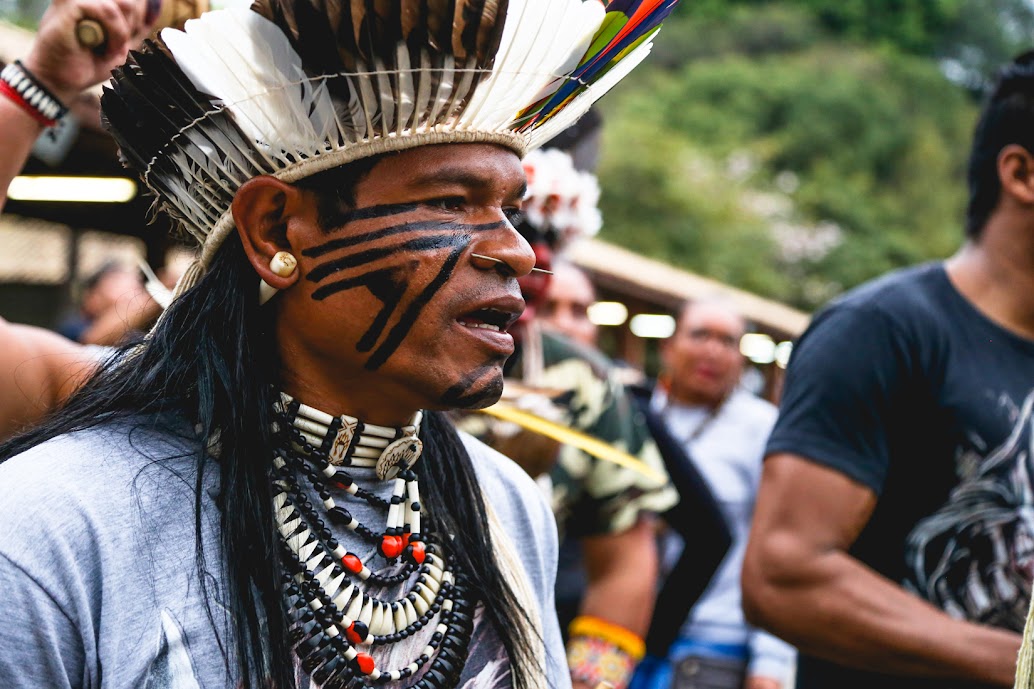

The “Programa Indígenas em Contexto Urbano” began its activities in 1998 and became part of the NGO Opção Brasil a few years later, in 2004. Located in São Caetano do Sul (SP), the program organizes indigenous fairs and works to identify and articulate indigenous people and groups living in Brazilian cities. In Greater São Paulo, for example, live indigenous people from 80 different tribes. Alongside partner indigenous movements and collectives, such as Paru de BH, the urban indigenous movement of São Luís (MA) and the Etnocidade collective of Campinas, they formed the National Network for Articulation of Indigenous People in Urban and Migrant Contexts (RENIU), in 2020. In addition to being a welcoming space for indigenous people who live in urban contexts and outside the village, the network holds conferences and produces knowledge on the subject. Learn more here.
4 – Paraskeués – A podcast dedicated to life


Paraskeués is a podcast focused on indigenous knowledge. The audio program aims to encourage reflection on the lives of indigenous peoples and raise awareness among institutions and the general public of the importance of preserving culture and their territories. Or, as its directors say, “fostering ways of thinking about ‘cure’ processes, or even, of coping with chaos”. The curatorship is by Naine Terena and Flávio Fêo, both researchers and professors. Interviews with artists, researchers and indigenous activists and partnerships with Tepi Produções and Incluzartis enrich the production. Special appearances by Ailton Krenak, Denilson Baniwa, Juma Pariri and Rosa Peixoto. It is worth checking out! Available on Spotify and Facebook.
5 – Union of Indigenous Peoples of the Javari Valley (UNIVAJA)
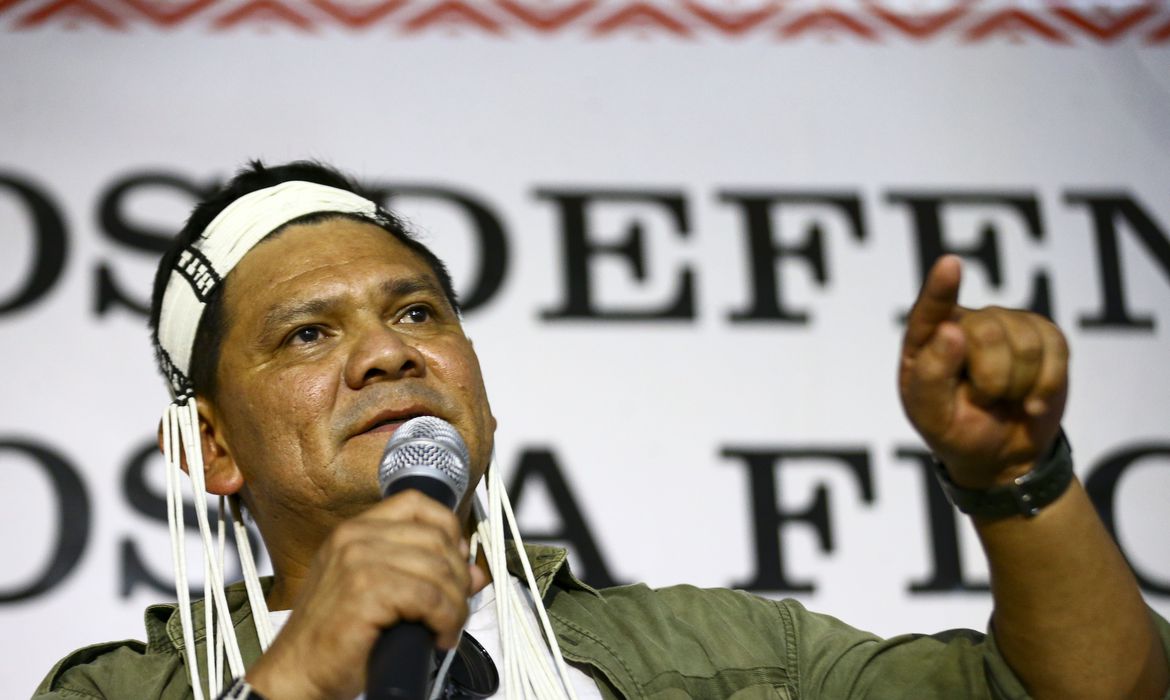

The Vale do Javari Indigenous Land was approved in 2001 and is considered the second largest in Brazil. The area covers part of the municipalities of Atalaia do Norte, Benjamin Constant and São Paulo de Olivença, all in Amazonas, in the border region between Brazil and Peru. With a history of struggle in the demarcation of indigenous lands in the region since the 1980s, UNIVAJA was made official in 2010. Acting through grassroots organizations, the association defends the rights of different indigenous peoples of the Javari Valley: Matis, Marubo, Kulina, Kanamary, Korubo, among others, including Uncontacted Peoples. More details on the website UNIVAJA.
